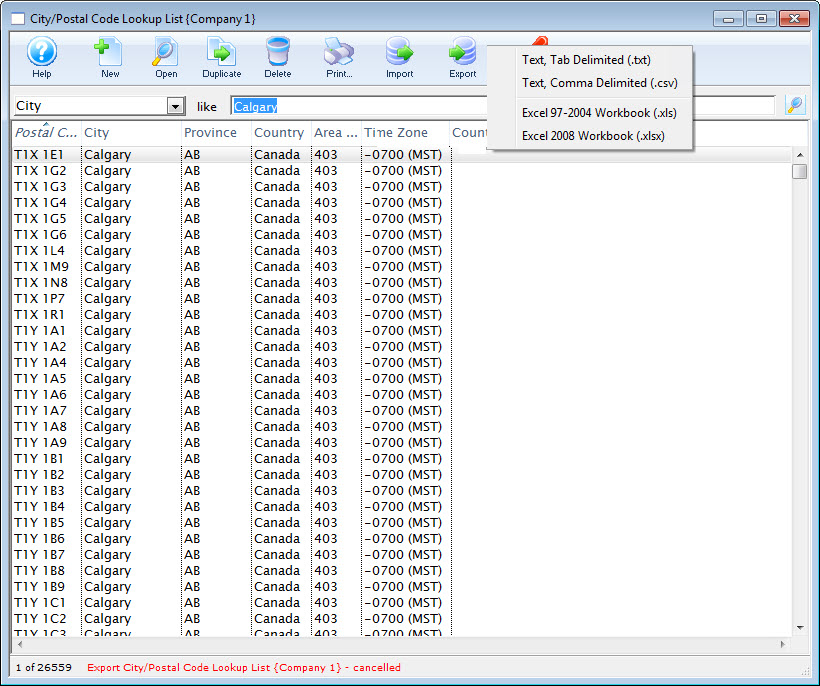

Right now, the India Post offers services from the desert land of Kutch in Rajasthan till the glaciers of Ladakh and Siachen. Post-independence, the British broadened the outlook of postal services in the country as the level of investments and efforts were broadened to the existing service of the postal system. The postal services were bought under centralized control after some time. The modern postal service in the country is around 150-year-old and during 1854, India became the first country to issue stamps.


Other than mail services, they also provide banking facilities to the rural population as some of these places are still devoid of a proper banking facility. Department of Post performs the prominent function in rural areas as they act as a connecting chain between one village to another and between villages and cities. It has coverage of around 89% in the rural areas in the country. India Post has over 1,55,000 branches spread across various locations in the country. Apart from dealing with mails, India Post has also emerged as one of the small financial institutions which help citizens of this nation to save their money securely. Over the years, the Postal Service in India has witnessed tremendous changes and has emerged as the fastest service provider which even penetrates the remotest places across the country and offers the people to send across mails at a very minimal price. Further, each of these postal circles is broken into regions which will be taken care by a Postmaster General and the regions will be further divided into divisions, which are in turn bifurcated into subdivisions as well. India is divided into 22 postal circles and each of the postal circle is headed by Chief Postmaster General. This particular department comes under the Ministry of Communications and Information Technology of the Government of India. This postal system is also popularly known as Post Office in India. The postal department or Department of Posts in India trades under the name India Post and is run predominantly by the Government of India. Every state may have one or more sorting districts accordingly, purely based on the volume of mail handled in the region. The third digit of the Postal Code Number combined with the first two digits will represent a specific geographic region (only exception here is the functional zone which is meant for Army) and this is called as a sorting district which is headquartered at the main post office of the largest city in the region and is known by the name sorting office. Odisha, West Bengal, Nagaland, Arunachal Pradesh, Manipur, Tripura, Mizoram, Meghalaya, Assam, Sikkim, Andaman & Nicobar IslandsĪrmy Post Office (APO), Field Post Office (FPO) Kerala, Tamil Nadu, Lakshadweep, Puducherry Goa, Maharashtra, Madhya Pradesh, Chhattisgarh Gujarat, Rajasthan, Diu and Daman, Dadra and Nagar Haveli Service Canada promotes a scent reduced work environment and encourages the limited use of scented products in our offices.įind a Service Canada Office will help you find services close to your home.The very first digit of the PIN code indicates the zone and is allocated across the 9 zones which are spread across the length and breadth of the country.ĭelhi, Punjab, Haryana, Jammu & Kashmir, Himachal Pradesh, Chandigarh For more information, visit Canada.ca/covid19. Anyone not following public health advice trying to enter the office may be reported to local public health authorities. Are required to self-isolate or quarantine by public health authorities.Have had contact with a confirmed case of COVID-19 in the past 14 days.Have any COVID-19 related symptoms such as fever, cough or difficulty breathing.We will call you back within 2 business days.ĭo not come to a Service Canada Centre if you: immediate request for a Passport Service.Canada Pension Plan (CPP), Old Age Security (OAS), Guaranteed Income Supplement (GIS) benefits.We urge you not to visit Service Canada Centres unless absolutely necessary.Īsk us to help you with the following programs by using eServiceCanada service request form:


 0 kommentar(er)
0 kommentar(er)
